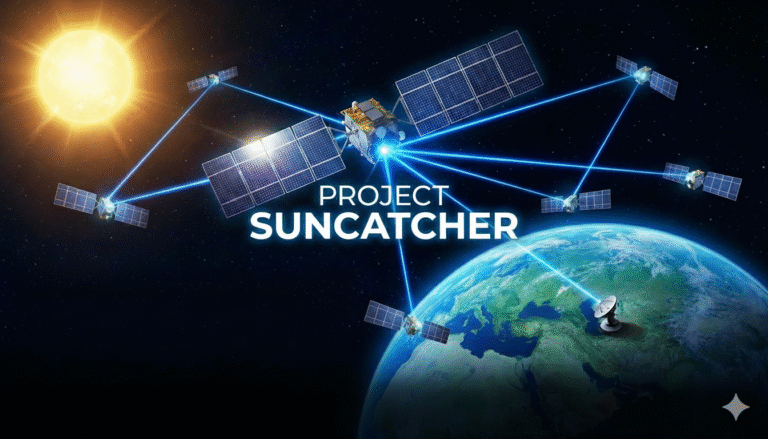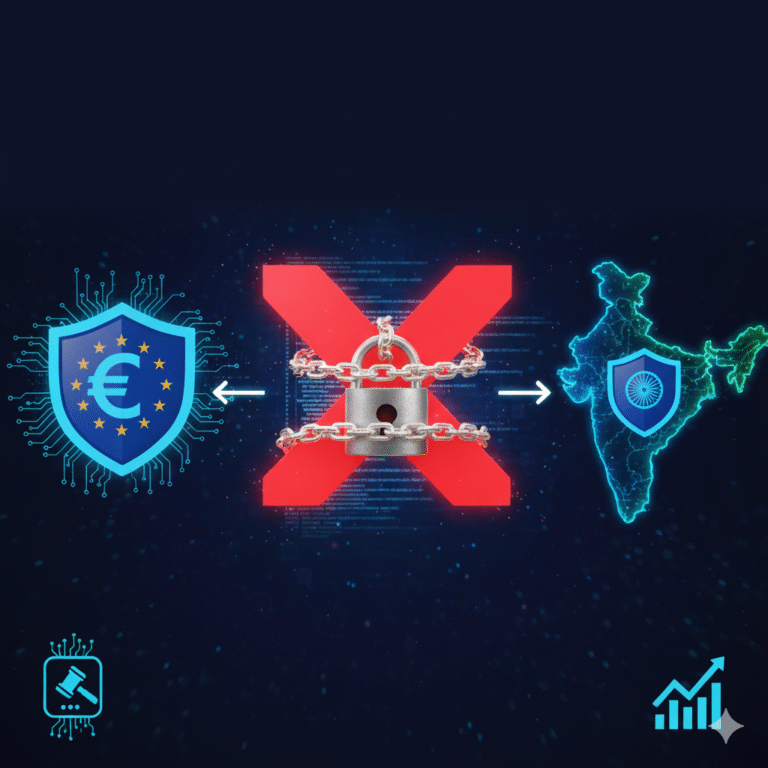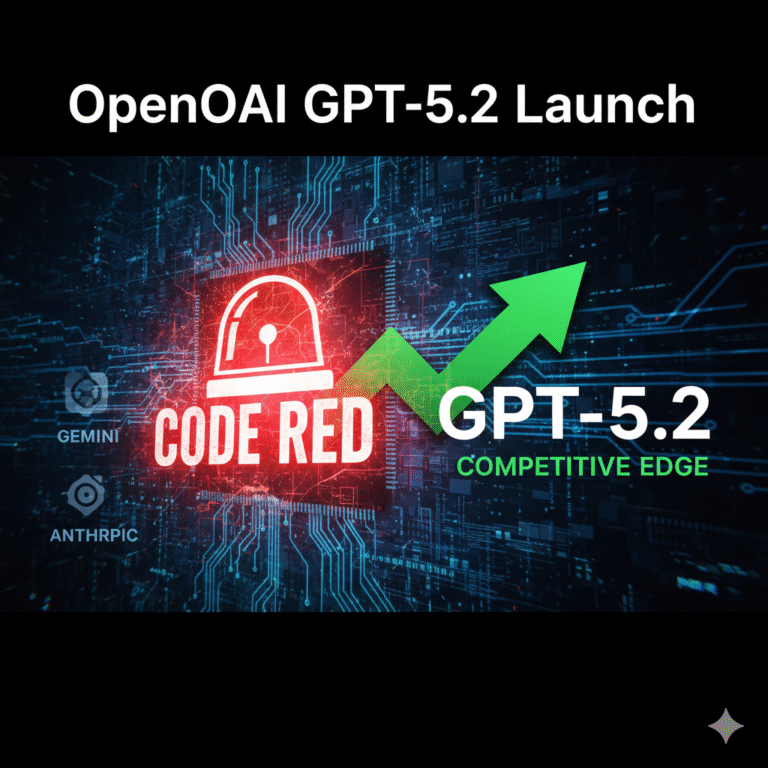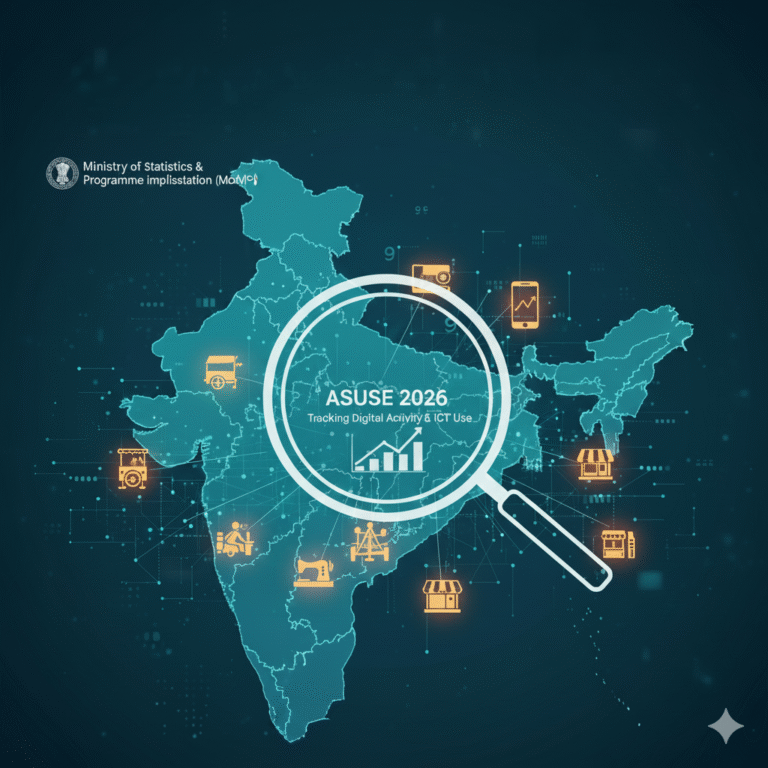Key Takeaways for Readers
- Empowerment, Not Policing:
Best use = support, not punishment. Keep control and consent with the user. - Technology Isn’t Destiny:
Regulations, design, and company culture will shape whether e-tattoos serve humanity—or control it.
Imagine catching a mental lapse before it ever happens—stopping pilot error, a surgeon’s risky slip, or a nuclear plant mishap by sensing brain fatigue in real time. It’s no longer sci-fi. Researchers at the University of Texas at Austin have unveiled a wireless, forehead-mounted e-tattoo that tracks brainwaves and eye movements, signaling mental fatigue before mistakes are made. While this breakthrough could save lives in aviation, healthcare, and control rooms, it also sparks vital debates on privacy, surveillance, and the boundaries of technology in the workplace. 24Ore Salute
What Is the Forehead E-Tattoo—and Why Does It Matter?
The e-tattoo is an ultra-thin, flexible patch that sticks comfortably to the user’s forehead. Unlike bulky EEG headsets, it’s nearly invisible, wireless, and can be worn for hours in demanding environments. The device measures:
- EEG (electroencephalography): Tracks electrical brain activity linked to attention and mental workload.
- EOG (electrooculography): Detects eye movements and blinking—classic markers for focus and drowsiness.
Who is it for?
Professionals in mission-critical settings: pilots, surgeons, air traffic controllers, truck drivers, nuclear operators—anyone whose fatigue puts lives at risk.
How Does the E-Tattoo Work?
- Easy Wear: Soft, stretchable, and bio-compatible—it presses gently to the forehead and stays put.
- Live Signal Capture: Records brainwave and eye-movement data with medical precision.
- AI-Powered Algorithms: Analyze patterns for signs of mental fatigue well before visible slips.
- Instant Alerts: Notifies the wearer (and, if authorized, supervisors/systems) so action can be taken—take a break, rotate shifts, or ramp up vigilance.
- Wireless Transmission: Sends encrypted data in real time to connected devices or fatigue monitoring dashboards.
Why Is Predictive Fatigue Monitoring Critical?
Accidents and errors often aren’t due to lack of skill—they’re due to unrecognized mental exhaustion.
- In Aviation: Fatigued pilots have caused avoidable crashes and incidents, especially on long-haul flights or in high-stress weather.
- In Medicine: Studies link staff fatigue in surgery and intensive care to higher complication rates and patient harm.
- Control Rooms/Transportation: A few seconds of lost focus by an operator or truck driver can cause multi-million-dollar disasters.
What’s powerful about the e-tattoo?
It provides an “invisible warning” before symptoms surface:
- Subtle attention lapses
- Response latency
- Microsleeps
It’s proactive, not reactive—offering a chance to intervene before disaster strikes.
At a Glance: E-Tattoo’s Science & Features
| Feature | Benefit |
|---|---|
| Ultra-thin & wireless | All-day, discreet comfort |
| Real-time EEG/EOG | Near-instant detection of cognitive fatigue |
| AI-powered analytics | Personalized, self-learning alerts |
| Data encryption | Protects sensitive brainwave data |
| Wearer-friendly UX | Haptic/vibrate cues, not just dashboards |
Potential Benefits: Safety, Performance, and Beyond
- Prevent errors and save lives in transport, surgery, and critical systems.
- Reduce workplace burnout: intervene early, avoid disasters and litigation.
- Personal health: Users can self-monitor, learning when to rest or switch tasks.
- Deeper science: Real-world data on mental workload could revolutionize how we study and support attention, sleep, and learning in humans.
Short, Practical Examples

- A pilot receives a discreet nudge to take a short break after science shows their focus is wavering.
- A nurse on night shift is prompted to swap tasks, preventing mistakes during a high-risk hour.
- A control room operator’s dashboard lights up—enabling backup to step in during a vital procedure.
The Ethical and Privacy Debate

For all the promise, e-tattoos surface deep, urgent questions:
1. Who Owns Your Brain Data?
Is it yours, the employer’s or the cloud vendor’s?
Vital principle: Consent-first, opt-in use, with transparency on data access and retention.
2. Surveillance or Safety?
Fatigue detection could turn into over-monitoring—where employees feel watched, judged, or punished for “invisible” mental slips.
- Best practice: Only aggregate data is shared, not raw brain patterns; alerts should empower, not penalize.
3. Data Security
Brainwave info is deeply personal—misuse could lead to discrimination or hacking of medical information.
4. Algorithmic Bias
AI models must be trained on diverse populations. Otherwise, differences based on age, gender, or neurodiversity could lead to unfair labeling or missed detections.
Conclusion
E-tattoos for fatigue detection represent the stunning double-edge of today’s science: a future where we can catch errors before tragedy strikes, just as we worry whether our inner lives are becoming data sets for someone else to mine. The real test ahead isn’t just about battery life or AI accuracy—it’s about designing human-first safeguards for a tech-augmented world. Only then will e-tattoos empower us to work safer, sharper, and on our own terms.
Would you trust a manager to alert you based on brain signals, or would you rather keep that data to yourself? Where would you draw the line for safety tools at work?
Share your take below!









+ There are no comments
Add yours